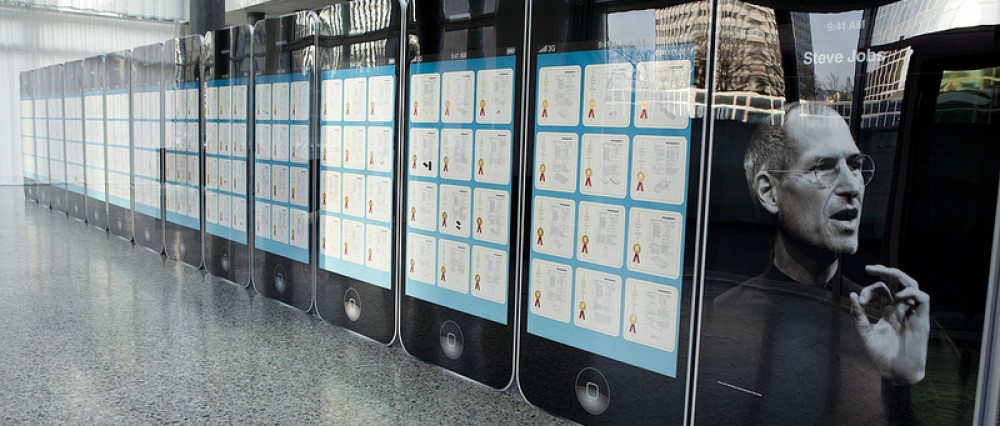Future Plans and Desired Outcomes
The SJLM plans to continue its social media policy, and make changes and updates depending on how users engage with the institution. If metrics and user comments show that users largely reject one platform, it will be removed from the social media strategy so that staff efforts can be better directed to a site that will better reach users. Staff will be reminded that social media is used to create dialogue, and is not simply a platform for one-sided conversations, so posts will continue to be tailored to the demographic using social media. If the demographic shifts, so too will the marketing strategy. The social media policy will be updated to reflect changes in approaches to ethical and customer service issues. Through the strategic use of social media, the SJLM hopes to reach more users and potential patrons, to engage in multi-way discussions with the public and to learn what improvements it can make. In addition, the library hopes to engage the public through contests and trivia as the sites gain more followers. Moving forward, the Steve Jobs Library and Museum of Innovation and Design will consider several factors when creating new programming, events and exhibitions. Feedback received through social media platforms will play a large role in shaping our future plans.
The Role of Social Media in Group Collaboration
In our initial discussion of collaborating via social media, we discussed using a wiki, as well as platforms such as Zotero and Netvibes. However, we eventually decided to go with a wiki and email messages, as we felt that using multiple platforms would get too confusing,, and there was the potential to miss important messages and sources if they were spread between multiple social media sites. The wiki worked quite well and facilitated collaboration. After posting an initial outline, we were able to post notes back and forth to each and start brainstorming ideas for the both the paper and the presentation. Using the wiki, we were able to see what each group member was going to be writing about, and we could all get a sense of how much progress was being made. However, there were some downsides to using the wiki. As it is hosted by the UBC network, there were times when the system was down, either for scheduled maintenance or due to a system error. This hindered some group members from being able to post their work. When this happened, we found it more reliable to send a group email. Our choice of social media platforms was somewhat limited, as one of our group members was in China, where the internet, and especially social media, tends to be restricted by the so-called ‘Great Firewall of China’.
As several of our group members did not reside in Vancouver, we decided to present our work via social media. We decided to create both a blog and Prezi, and although both of these facilitated collaboration, there were some issues. We discovered that it was difficult for multiple people to edit the blog, so we sent our finished work to one member who posted it on our behalf. The Prezi worked well and facilitated collaboration, as we could add to it at our leisure, and the template ensured an overall sense of cohesion. While using Prezi, we could see if other group members were working on it, but had no way of contacting them. Although at first this seems like a hindrance, it was actually good, as multiple people could work on the presentation without interrupting each other. Since it was clear when somebody was working on the Prezi, it was easy to see what part they were working on so the other group member did not inadvertently change something important.
